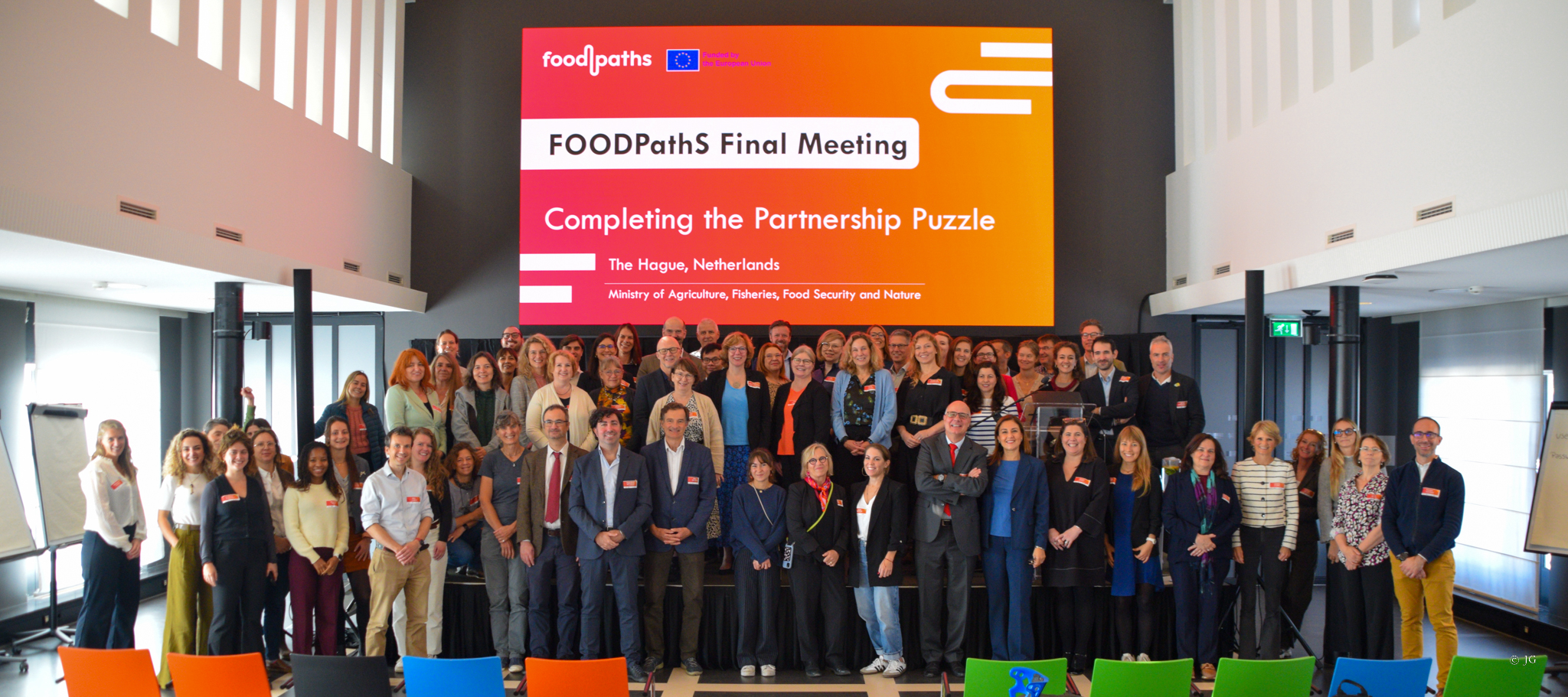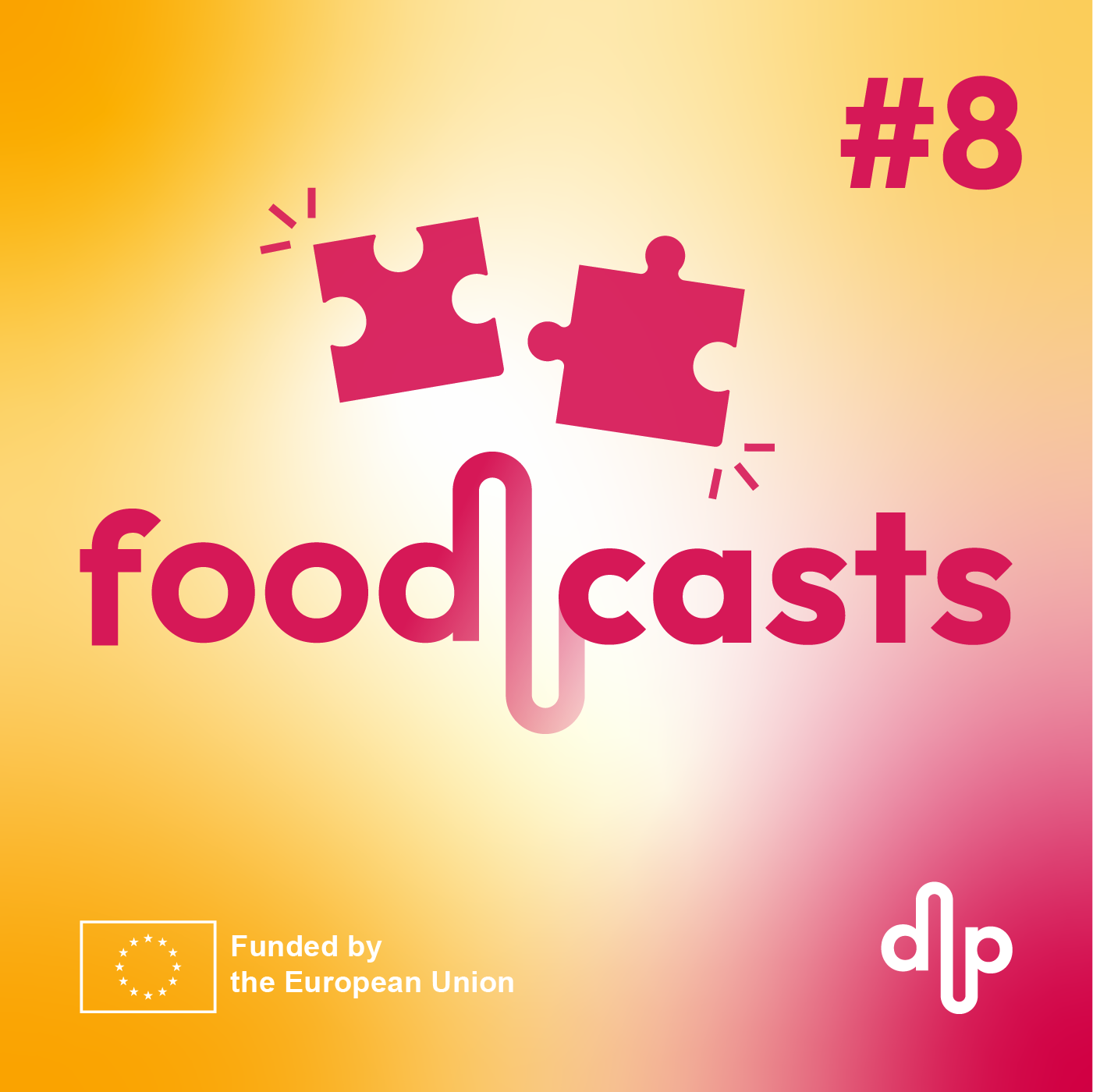Interview | 11 Aug 2025
Expert Interviews by FOODPathS – Margherita Cappelletto, SBEP
In our latest interview, we speak with Margherita Cappelletto, coordinator of the Sustainable Blue Economy Partnership at the Italian Ministry of Universities and Research. Margherita shares how the partnership is contributing to drive a climate-neutral, sustainable, and competitive blue economy by fostering research and innovation, engaging diverse stakeholders, and leveraging advanced technologies like AI for ocean understanding and managing. Dive into the interview to learn how these efforts are shaping a more sustainable future for food systems. Enjoy the read!
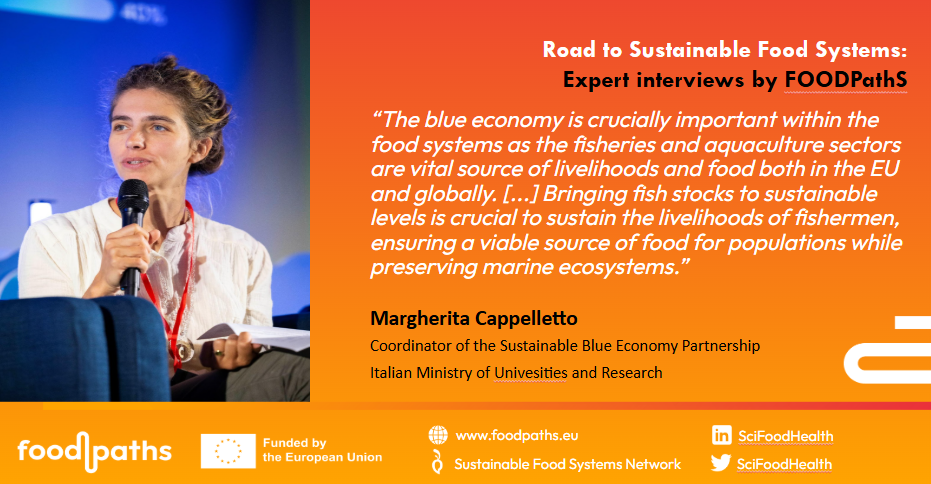
SBEP: driving research and innovation for practical, impactful solutions within the blue economy
Q: In short… can you tell us about the Sustainable Blue Economy Partnership? What are their main objectives and where are you now with its implementation?
Margherita Cappelletto: The Sustainable Blue Economy Partnership is a joint endeavour of more than 30 countries and the European Commission to achieving the EU’s political priorities by developing research and innovation activities towards impact-oriented solutions in the field of the blue economy.
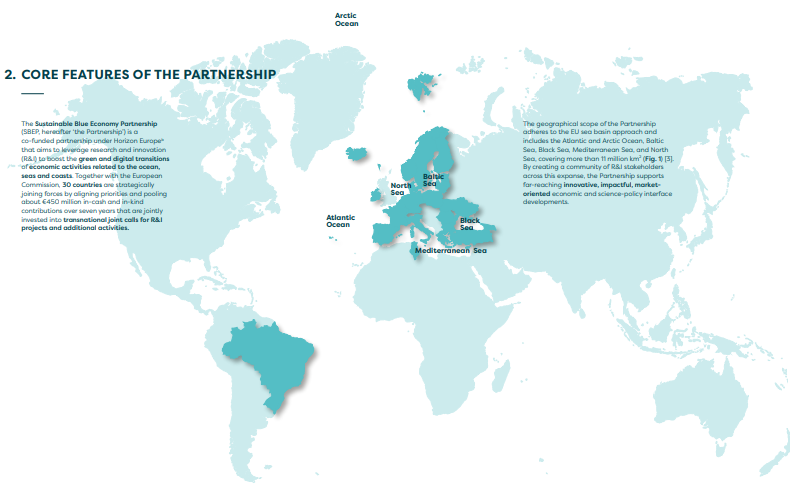
Its main objective is to boost the transformation towards a climate-neutral, sustainable, productive and competive blue economy in the EU sea basins and the Atlantic Ocean, contributing to the ocean’s health and resilience of the ecosystems providing services to people. This will be achieved through six co-funded calls over the period 2022-2029, as well as complementary actions and resource mobilisation with research infrastructures, thematic programmes, portfolios of projects and streamlining other funding sources. The Strategic Research and Innovation Agenda (SRIA) portrays the vision and directionality of the Partnership, outlining the objectives and pillars.
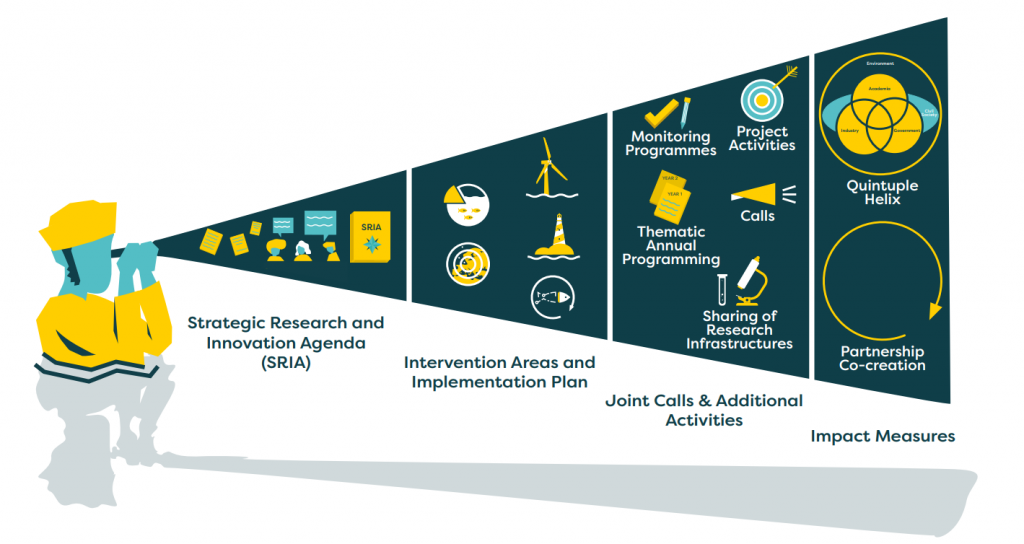
Two joint transnational co-funded calls have been launched until now, the first leading to the selection of 19 projects which started in September 2024, and the second to 24 projects about to start (here the projects). The next and third call will be launched on 15 September 2025. A call for access to research infrastructures was launched in February 2025 and the next is expected for early 2026.
Blue Bioresources: Powering a Just and Sustainable Transition
Q: Why and how the blue economy is relevant and important within the food systems (and its transition process)?
Margherita Cappelletto: The blue economy is crucially important within the food systems as the fisheries and aquaculture sectors are vital source of livelihoods and food both in the EU and globally. However, being the marine ecosystem already in a poor status, fishing activities add to climate change and other anthropogenic pressures in threathening the sustainability of many fish stocks, calling for a decarbonization and depollution of the sector.
Bringing fish stocks to sustainable levels is crucial to sustain the livelihoods of fishermen, ensuring a viable source of food for populations while preserving marine ecosystems. Products from sustainable fisheries management and practices as well as products from sustainable aquaculture CAN provide a low-impact source of food and feed and can complement the natural limits of wild captures. Algae production is also a sustainable alternative food and feed material that can alleviate environmental pressures.
One of the Partnership thematic areas of intervention addresses research and innovation needs to support a just transition to the sustainable production and utilization of blue bioresources, with emphasis on production and processes that minimise the environmental impacts while meeting the demand for healthy and affordable blue food, feed, and other biobased products.
AI tools for ocean development and maritime planning
Q: The partnership has five intervention areas, in particular, one is focused on AI implementations of predicting capabilities of European oceans. How do you see the potential for leveraging on the recent AI technology developments for sustainable practices?
Margherita Cappelletto: Digitalisation is one of the “enablers” of the Partnership, since it depicts essential catalysts to achieve its objectives, goals and outcomes. Digitalisation provides rapid, remote data on marine environments and maritime activities, alongside new disruptive technologies. Digitalisation further supports start-ups, SMEs, and existing enterprises in creating new business models, products, and services, while also enhancing sustainability and performance in existing blue economy sectors. Additionally, digitalisation can advance ocean literacy, thereby fostering a more informed society with a stronger connection to the ocean and seas.
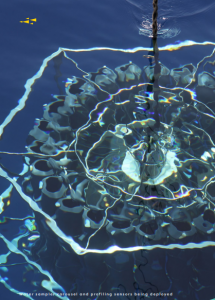
Specifically related to the ocean food sector, new digital tools such as remote electronic monitoring systems, catch reporting using mobile applications, ecosystem modelling and artificial intelligence tools can optimize both small- and large-scale fishing operations, favour and promote the health and welfare and quality of the farmed fish and improve the traceability of bio-based products from marine sources.
The Partnership has one Intervention Area dedicated to the development of Digital twins, including Digital Twins of the Ocean (DTO), that creates realistic digital representations of assets and systems in the natural and built environment. In ocean development and maritime planning, DTOs enable “what if” scenario modelling by integrating large datasets and models. This supports informed decision-making, rapid responses to marine events, and user-driven tools for various stakeholders. Research and innovation in this field will enhance understanding of DTOs’ capabilities and limitations, ensuring their responsible use in management decisions.
Strategic process of co-creation and co-design with the private sector
Q: How do you address private sector in an initiative that is mainly funded by ministries and governmental institutions?
Margherita Cappelletto: Private sector involvement is essential to the success of the Partnership’s activities, as it contributes to the process of co-creation and co-design strategically endorsed by the Partnership, via a stable multi-actor consultation and by activating the Community of Practices. Private sector actors are indeed an essential part of the development and implementation of solutions for the the transition to the blue economy as well as they are crucial for ocean data collection.
The Partnership’s Joint Calls strongly recommend to engage the private sector, which has shown a strong participation rate in the last two published calls. Additionally, the Partnership implements various initiatives to accelerate the market adoption of outcomes and innovative applications developed by its co-funded projects, including efforts directed at investors. The Partnership also seeks to enhance ocean literacy among private entities, fostering corporate social and environmental responsibility essential for driving the transition. Additionally, it aims to engage industry stakeholders in human capacity-building initiatives within blue economy sectors through co-funded calls.
Key actors for sustainable food systems in relation to marine food resources
Q: FOODPathS is defining an ideal model/prototype for a partnership to develop sustainable food systems. In your opinion, what are the key actors that you recommend to involve in such a model/prototype?
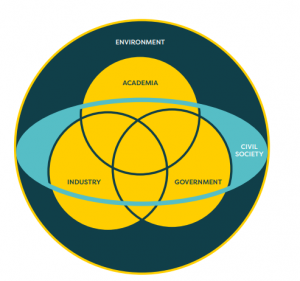
Margherita Cappelletto: In relation to marine food resources, important actors to engage are organisations and consortia (incuding representing the private sector and civil society) at national, regional, European and international levels, such as the European Aquaculture Technology and Innovation Platform (EATiP), Europeche, ScarFISH, General Fisheries Commission for the Mediterranean (GFCM), International Council for the Exploration of the Sea (ICES), but also Regional fisheries management organisations (RFMOs), the European Fisheries Control Agency (EFCA) and EU funded initiative such as the Partnership on Energy Transition. Environmental organisations such as Seas at Risk, Oceana among others, (also representing local realities) should be also included into the model.
Best Practices from SBEP projects
Q: What are some good examples or projects that could serve as best practices for FOODPathS and FutureFoodS?
Margherita Cappelletto:
- Partnership co-funded project AQUABALANCE: Balancing economic, environmental, and social sustainability in the European aquaculture industry. The project aims to identify barriers and drivers for the transition to a more sustainable aquaculture sector and to provide recommendations for industry and policy for contributing to the sustainable growth of the aquaculture industry, while contributing to the wellbeing of society.
- Partnership co-funded project WASTE2TASTE, of which objective is the valorization of postharvest fish losses (PHFL), showing potential applications in a circular economy and an eco-friendly vision by developing protocols for sustainable exploitation of underused and/or wasted marine resources, to obtain high-value products for food applications.
- Partnership co-funded project FunSea, that aims to enhance nutritional quality, safety and functional properties of cultivated brown and green algae as food ingredients, through development of new sustainable processing technologies and utilization of side streams and residual biomass from seaweed production as well as other aquaculture industries and fisheries.
The Three Pillars of an Ideal Partnership
Q: To conclude, what would be 3 keywords describing a future ideal partnership for sustainable food systems?
Margherita Cappelletto: Regenerative food system – Food justice – Planetary boundaries
To learn more about SBEP check out their website here.
Follow #FOODPathS on social media for more updates.
